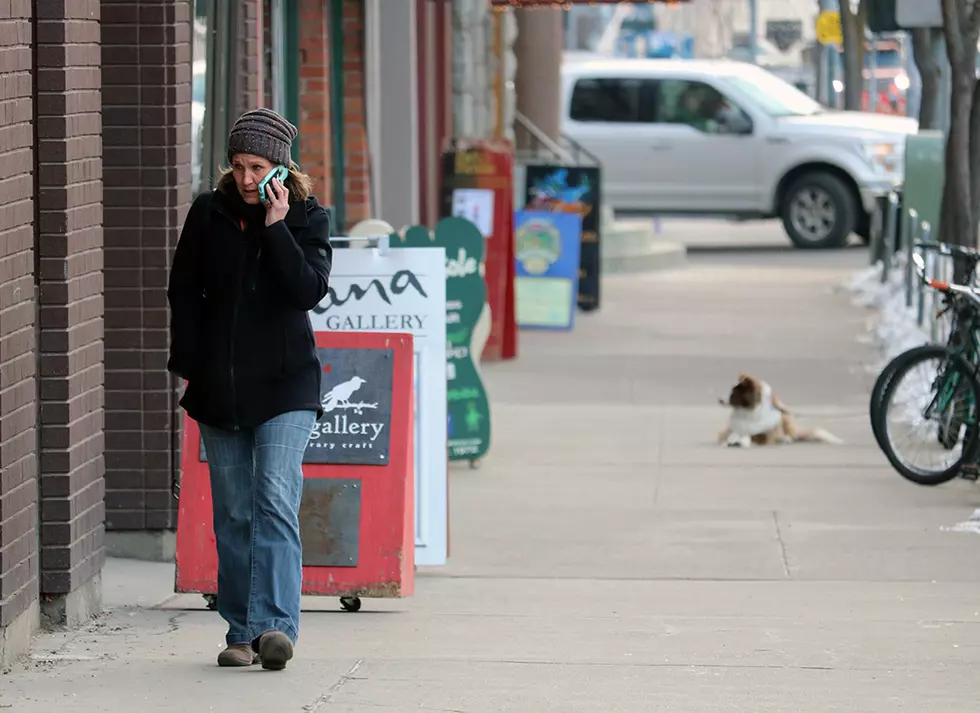
Economy, housing, transportation key goals as Missoula eyes new budget
Martin Kidston
(Missoula Current) When the Missoula City Council sits down next spring to craft its FY 2024 budget, the framework of a new strategic plan and the goals that lie within it will help serve as a guide through the process.
Many of those goals have already been identified and some, like a housing trust fund and equity, are moving forward as planned. But others are at risk, including the city's efforts to address homelessness and Missoula's ability to set policy around housing and development.
Fully funding the Mobile Support Team and providing shelter options moving forward will remain challenging without a new funding stream, city officials said this week.
“With the failure of the crisis services levy, our ability to continue providing these services at their current level today is at risk, let alone growing the program to expand it to meet the full need across our community,” said Eran Pehan, director of community planning and development. “We'll have difficult decisions to make in the coming year about how we proceed with these challenges.”
Members of the City Council and department heads began meeting this week to flesh out current and future priorities, and how to fund them. The work will evolve over the coming months into a draft plan in March and will be key in setting Mayor Jordan Hess' budget priorities next summer.
On the upside, the city's efforts around housing are showing promise, with several large income-restricted projects set to open next year. Earlier this week, the city also implemented an emergency ordinance to streamline development projects in certain districts.
The work recommended by Gov. Greg Gianforte's housing task force remains an outlier – one that city officials are closely watching.
“Many of the recommendations found within this report are in alignment with our own goals and will move the needle toward housing affordability and supply in our community,” Pehan said. “Other recommendations do serve to limit local authority and could narrow or prevent our ability to set local policy or code to set our goals in a way that fits Missoula.”
Other city goals that remain at risk include efforts to fund and build a community center at McCormick Park. A new Station 6 for the Missoula Fire Department – needed to serve the greater Mullan area – remains unfunded, as does many of the city's transportation goals, including neighborhood traffic plans, greenways and sidewalk projects.
“The challenges we see is the way we fund these things, particularly in these underserved neighborhoods, which also tend to be lower income and have less ability to pay for improvements,” said Public Works Director Jeremy Keene. “We really won't be successful with these things unless we have other funding sources and other ways to pay for these things.”
With the Legislature set to begin meeting in a month, several cities across Montana have already begun lobbying for tax reform. That includes a local-option sales tax – something that would bring more revenue to the city other than property taxes, but one that's not likely to win wide legislative support.
Even so, the city's focus on its economic health does remain on track. That includes nurturing partnerships with the private sector, and banking land for housing and commercial development.
“We're all aware that one of the things that underpins a healthy economy is having a place to live,” said Ellen Buchanan, director of the Missoula Redevelopment Agency. “We have people who are gainfully employed but can no longer afford to live here.”
MRA, which has committed to invest or contribute $1 million a year to the city's Affordable Housing Trust Fund, is working to create more incentives that encourage private-sector participation.
Buchanan said the effort was showing promise.
“One of our important goals is to find a way to blend income-qualified and market-rate housing in the same development,” she said. “It's challenging, but we're getting there. We've got some projects on the books that are doing just that.”
